There have been repeated assertions on some photography fora that the a7R is deficient in corner sharpness. These statements go beyond the situations where corner smear develops because of ray angles that deviate significantly from orthoganality (what you get with many Leica M-mount lenses), and say that the a7R is soft in the corners in general, and softer than the Leica M240 in particular.
In the previous post we found that the Zeiss 55mm f/1.8 Sonnar FE did very well in the corners – and everywhere else – when attached to the a7R. A few days ago I found that the Leica 50mm f/1.4 Summilux ASPH did very well in the center on the a7R, but suffered from corner smear on that camera.
With two great normal lenses on hand, I decided to test the “the a7R is deficient in the corners compared to the M240” claim. I put the 55 on the a7R, the 50 on the M240, and lined up the usual scene. I changed the framing because I’m getting tired of looking at the same old stuff, and because I thought there were probably better ways to test the corner sharpness than green foliage.
Here it is with the M240/50:
And it looks like this with the a7R/55:
In order to make the comparison as fair as it can be when one camera has more resolution than the other, I res’d both sets of images up to 10,000 pixels wide. Since both camera’s images are interpolated, one can’t get an advantage by escaping that operation. I used bilinear interpolation to make sure there was no sharpening introduced.
In the central area, the a7R/55mm images are sharper. The differences get smaller as the lenses are stopped down. I think that most, if not all of this difference is due the sensor, not the lens. Both lenses can deliver more resolution than the 24 megapixel sensor in the M240 can handle, and probably more than the 36 megapixel in the Sony can encode. A head-to-head test with both lenses on the a7R will be needed to resolve the issue entirely. Any interest in that?
Here’s a central image from the a7R/55 at f/2:
And the M240/50 at the same aperture:
The a7R at f/5.6:
The Leica at the same aperture.
In the upper right corner, the a7R images are crisper and more contrasty at all apertures, with the differences growing smaller as the lenses are stopped down. At wide opening, the differences are greater than the resolution difference between the two cameras can explain; the Sonnar is the sharper lens. Of course, both sets of raw files are modified by whatever secret sauce the camera manufacturer deems appropriate for that lens.
Here’s a upper right image from the a7R/55 at f/2:
And the M240/50 at the same aperture:
The a7R at f/5.6:
The Leica at the same aperture.
I think that should lay to rest the belief that the M240 is inherently sharper in the corners than the a7R.
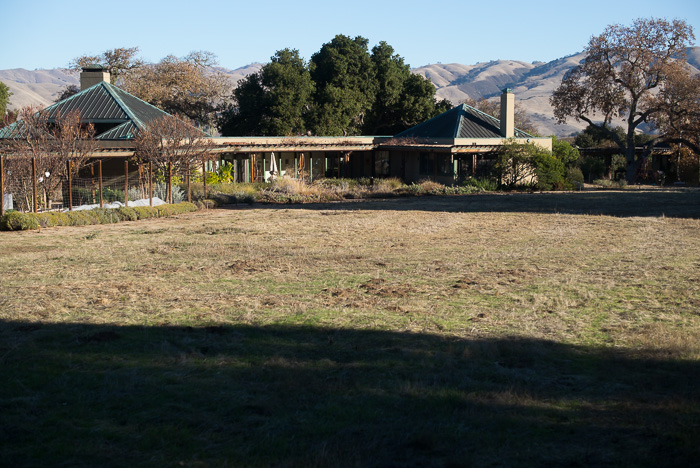
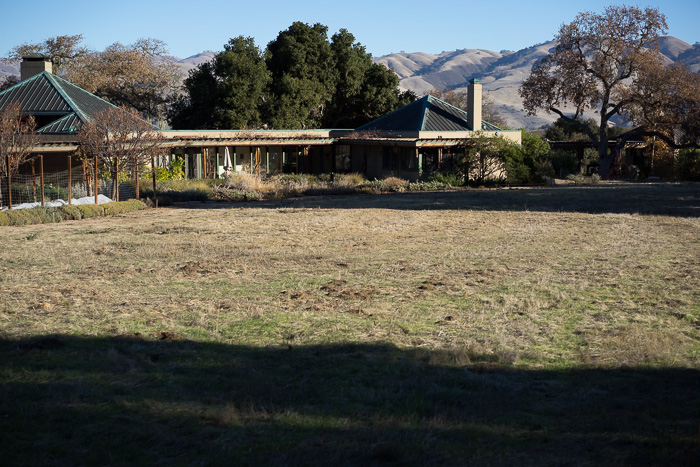
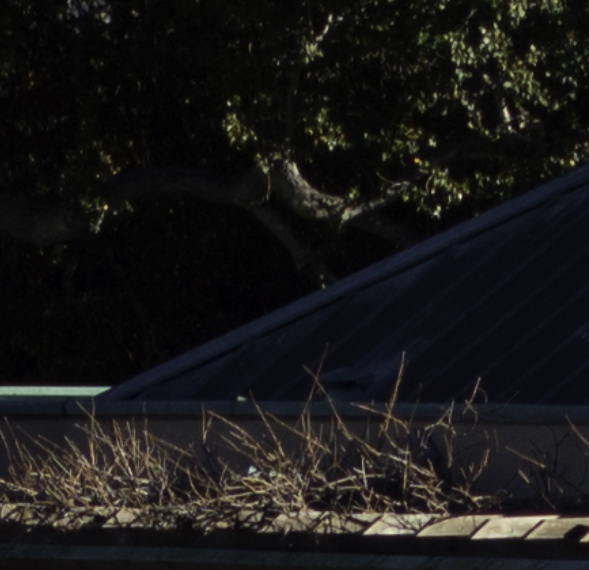
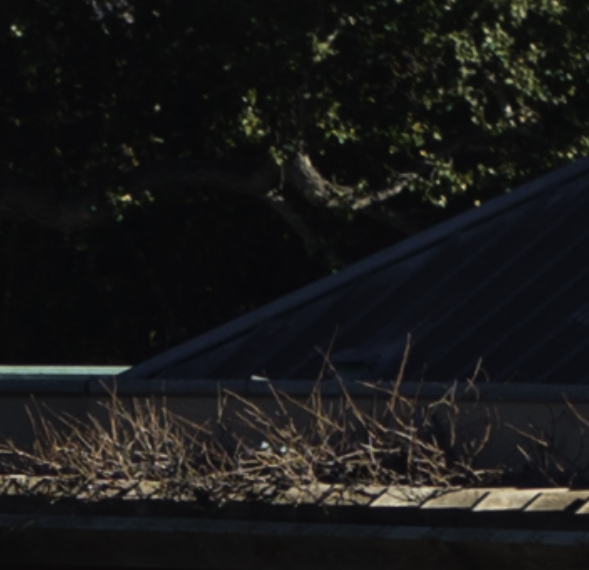
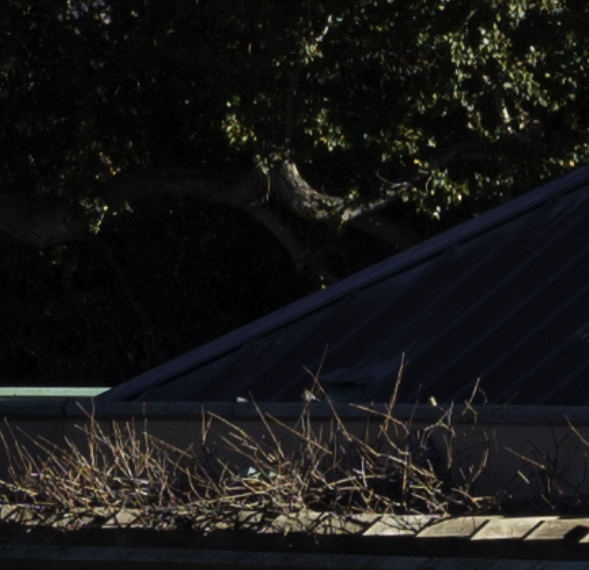
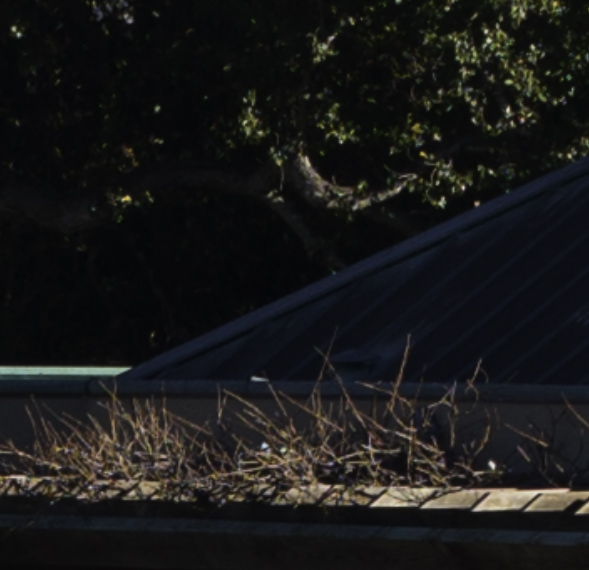
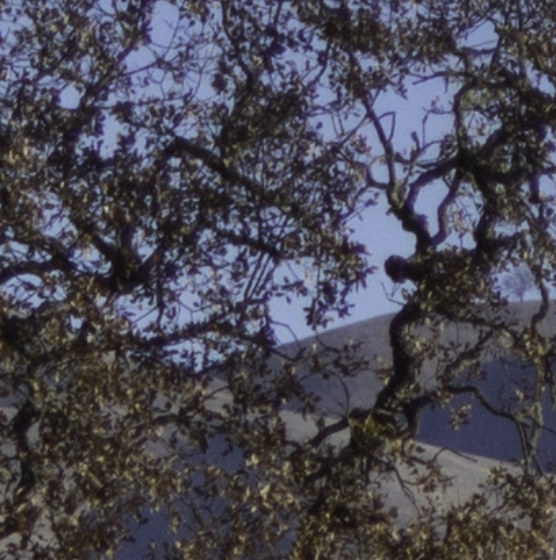
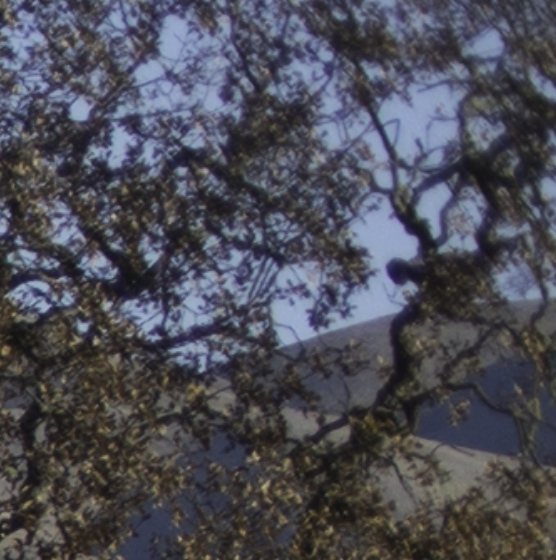
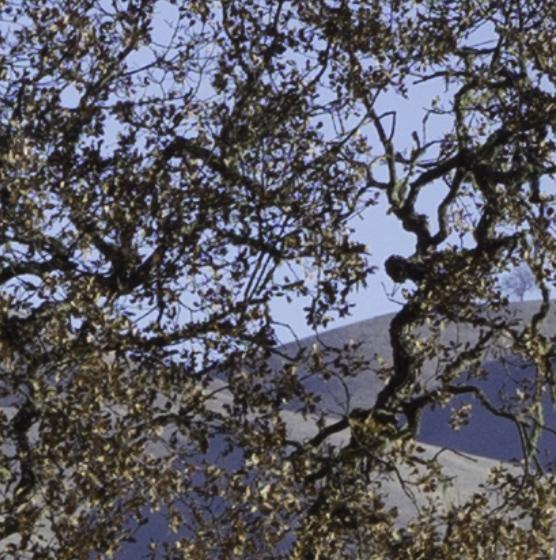
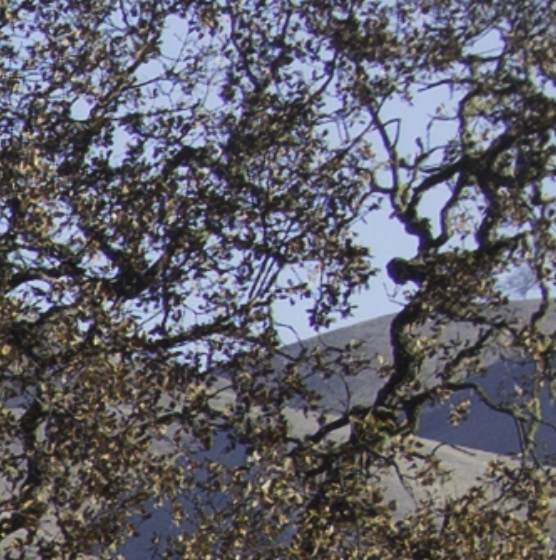
Leave a Reply